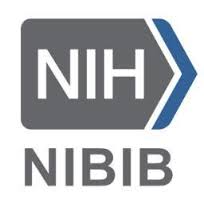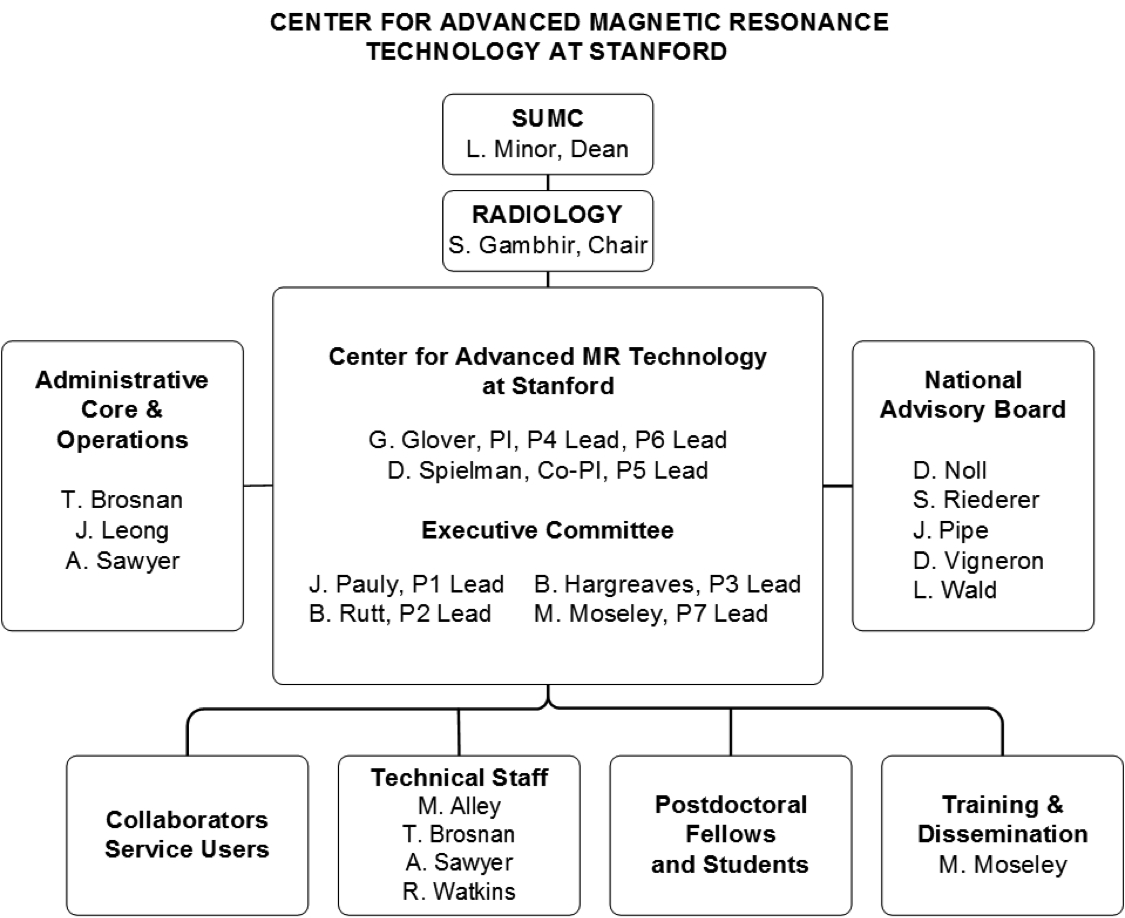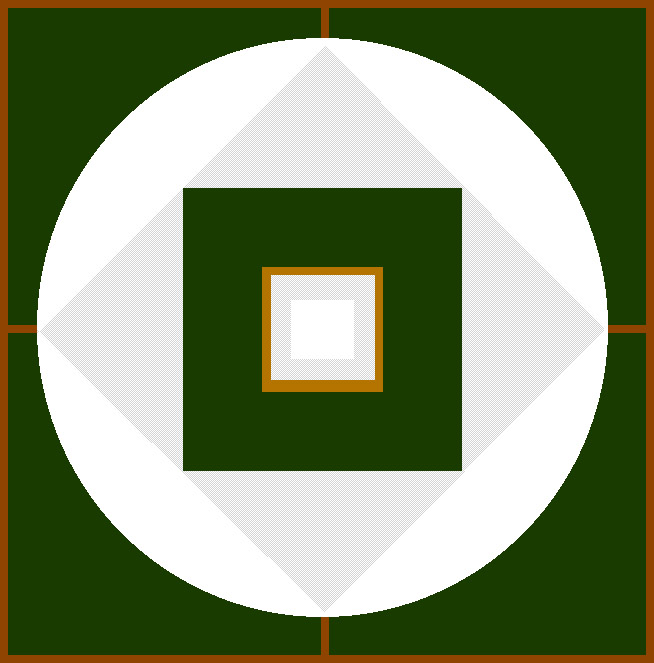
|
|
Center for Advanced Magnetic Resonance Technology at StanfordA BIOMEDICAL TECHNOLOGY RESOURCE CENTER SPONSORED BY |
|
The Center for Advanced Magnetic Resonance Technology at Stanford (CAMRT) was established as a National Research Resource in January 1995. The Center joins the Radiology Department's Richard M. Lucas Center for Imaging with those of the Electrical Engineering Department's Magnetic Resonance Systems Research Laboratory toward the common goals of developing innovative Magnetic Resonance Imaging and Spectroscopy (MRI/MRS) techniques for fundamental anatomic, physiologic and pathophysiologic studies, and serving the academic and scientific community through collaborations, education and access to Center facilities and resources. Our mission is to develop innovative MR technology and make it widely available to users and students locally and nationwide. Core development is motivated by (1) core director's vision for technology advancement, (2) potential for future hypothesis-driven research, (3) medical need and potential health impact, (4) opportunity for collaboration and feedback from collaborators, (5) service application. Our specific aims are to:
Stanford's graduate and post-graduate students are truly exceptional, and our Center benefits by being able to pick the best of this pool. We take the mission of training our students very seriously, and are proud of our record of accomplishment in this regard. Our students are heavily involved in Center activities even if their funding originates with other sources. In addition, CAMRT hosts several Postgraduate Courses and a Visiting Scholarship program. Training and educational opportunities sponsored by the Center include conferences, workshops, colloquia and scientific and public symposia. All programs and educational opportunities are advertised nationally and are designed to encourage a high degree of interactive, in-depth discussions, with a by-product of stimulating future collaborations. Among the educational functions that are held on a regular basis are: We will continue to distribute pulse sequences, reconstruction programs, RF pulses, design tools and many other innovative advances to a wide variety of MRI researchers nationally and internationally. We will continue to publish articles in peer-reviewed journals on our technical advances and research results, and to have a substantial presence at national and international meetings. We will also make available databases of image and raw data for outside investigators to use in development of algorithms. Please contact Gary Glover if you are interested in collaboration or taking advantage of any of the tools and techniques developed here. New Users
Principal Investigator:
Co-PI:
Co-Investigators: National Advisory Board:
For further information: Gary H. Glover, Ph.D.Center for Advanced MR Technology at Stanford Lucas Center for Imaging 1201 Welch Road, Room P074 Stanford, CA 94305-5488 (650) 723-7577, (650) 723-5795 (fax) Email: gary.glover@stanford.edu |

